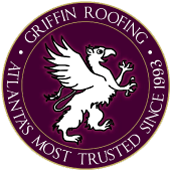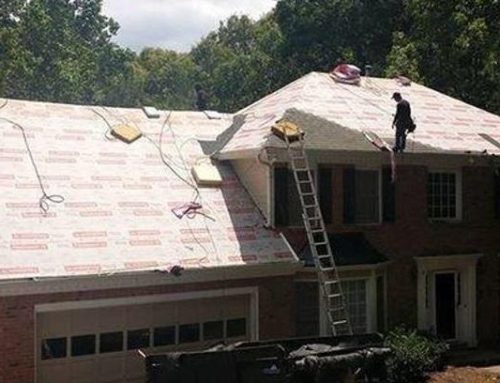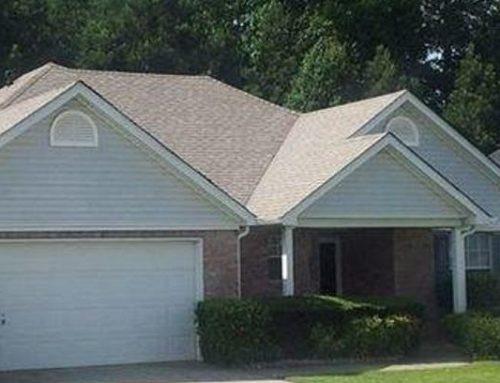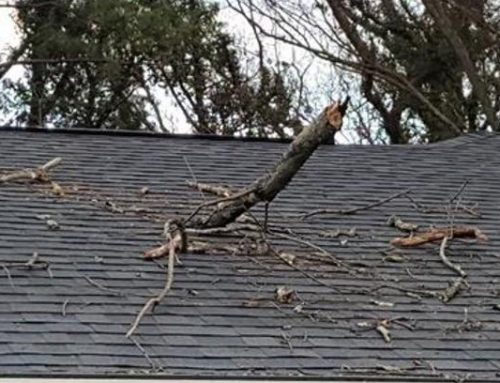A roof is a complicated system of components that work together to protect a home or building from the elements.
Roof vents are a critical, yet often overlooked part of that system.
Without them, your roofing could suffer widespread damage and your cooling bills in the summer could end up sky-high.
All roofers should examine these vents when doing any roofing work or suggest adding them to your roof if you don’t already have them.
Roof vents are one of the most important components that every roof needs.
What Do Roof Vents Do?
As their name suggests, roof vents provide ventilation for a roofing installation.
Positioned in various places on a roof, different vents do different things.
Some allow warm air to escape the attic space under the roof surface, while others let that flow of warm air pull in fresher, cooler air from the outside.
Every type of roof installed by a roofer should have at least a few vents to make this passage of air possible.
Without functional vents, the lack of ventilation can create a number of costly problems.
Why Are Roof Vents So Important?
There are two main reasons why vents in your roof and good roof ventilation are so critical to the whole system: energy efficiency.and roofing protection.
Energy-Efficiency
No matter what kind of roof your home or building has, an attic space that cannot vent hot air will reduce energy efficiency, especially in the summertime.
Hot air rises and when it rises up into the attic space but cannot escape, it will eventually start heating up spaces under the attic as well.
As a result, poorly ventilated attics usually coincide with higher utility bills as the air conditioning and heat need to run longer to keep the building comfortably climate-controlled.
In winter, heat pumped out by the furnace can also end up in the attic, which is why good ventilation and good insulation function together to keep the heat out of the attic, partly to control utility bills but also to prevent wintertime damage to the roofing materials.
Roofing Protection
Whether the attic heats up due to UV rays during the hot summertime or poor insulation allowing home heat to rise, both instances can result in costly damage to the roof.
In the summer, hot attics that don’t vent can cause shingles to bubble and get wavy, ruining the entire roof and destroying its watertightness from the underside.
Repairs by a skilled roofer or even a new roof may be necessary to prevent or repair leaks.
It can also cause condensation in the attic, which can progress to mold and mildew inside the home and the rotting of the trusses and structural roof beams.
In the winter, a hot attic that can’t vent could cause expensive damage to roofing in the form of ice-damming by melting snow or ice on the roof from the underside.
If it freezes again under the edges of the shingles, the ice will slowly lift the shingles up, destroying the adhesive and again ruining their watertightness of the materials.
Hire A Roofer Knowledgeable About Roofing Vents
From the standard ridge, box, and soffit vents that every roof should have to wired and solar-powered vents that some buildings may need to pump hot air out, proper ventilation is critical for the protection of the roof and keeping utility costs down.
When you choose a reputable and experienced roofer, they will know to examine the vents in your roof and analyze whether they provide enough ventilation or if more should be installed.
In either case, roofing ventilation is something that every home or building owner should know and ask questions about to ensure your structure does not suffer costly damage due to poor ventilation.







